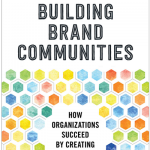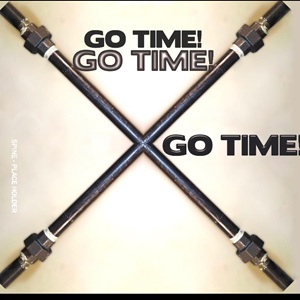“Get in Gear” by Sean T. Ryan
Ryan’s humble approach to elemental problem solving spans decades of industry experience. His experience affords him the kind of pleasurable personality that makes him not only a joy to work with, but also the go-to guy for making an impact. As the taste-tester for his wife’s catering business, you have to admit he’s got the gears of life working in his direction.
That’s where good planning comes into play. With a good plan anyone should be able to make a strategy work, right? Not necessarily, there are more steps to achieving success than simply putting together a plan.
A good plan, poorly executed, isn’t a very good plan.
That’s where the core purpose and strategy of the overall technique becomes valuable. Ryan’s book Get in Gear offers seven gears that drive strategy to results. Effective results. That’s what makes a plan good.
The driving strategy behind working the gears, and getting to the end of the game, has a visible resolution in hand. That’s the point of the plan. And until you know how to play those points, you won’t achieve your outcome.
The synchronicity that comes back time after time is having the right people on the program. Often that means removing the wrong people. When you have the right people in the game and you’re not trying to drag the wrong folks along with you – the reality is your plan moves faster.
Along with other specific details of using the “seven gears” to get results, there were a few defining gears that helped to make understanding this book a doable thing. The biggest one involves developing the remaining people into accountable and successfully innovative team members.
PURCHASE LINK: https://www.amazon.com/Get-Gear-Seven-Strategy-Results-ebook/dp/B089P27P3C
Each chapter offers thought starter questions, first steps from this point, and developmental processes to put your plan into action. Along with all the excellent directives, there’s a bibliography referencing a selection of helpful books, reading materials, and developmental papers to help with the process of building your business. These are like a kick-in-the pants set of action steps to build your foundation, and keep your team moving toward success.
With the directives in this book, along with the case studies and specific stories of achievement, there’s no reason for failure.
The explanation of architectural and organizational features of creating the basic foundation offered phenomenal resources and systems for success. The alignment of leaders within these systems appears to have greater reasoning than any other single systemic plan I’ve found. The cultural aspects of centralized latitude identified an accountability was specifically conducive to decision making success. Reading these elemental steps and applying them in a business/professional realm offers up more than just a basic organization. There’s more to the presentation than simple teamwork.
Elements of the system appear subtle, but team building, social engagement, and connecting different phases actively align the process from beginning to end. I found this book to be particularly engaging, easy to read and applicable to building and restructuring organizations for successful operation.
Written by Kendall Townsend, posted by Michael Rand







